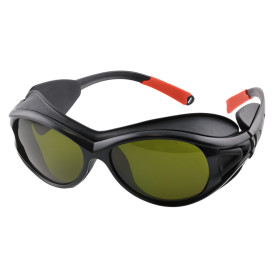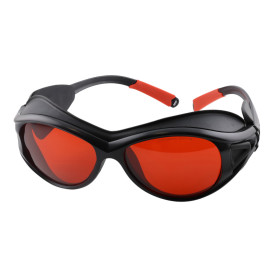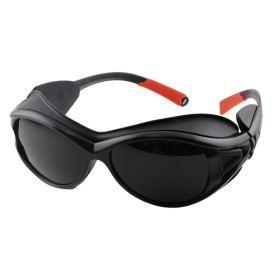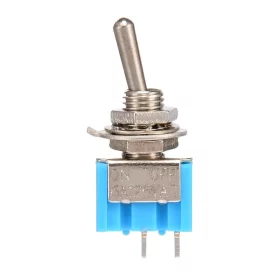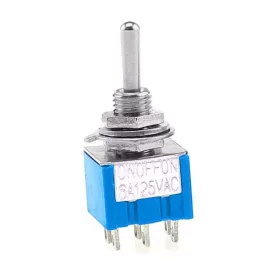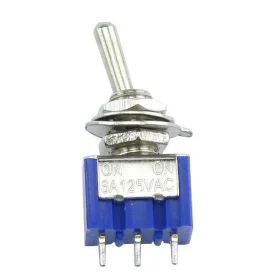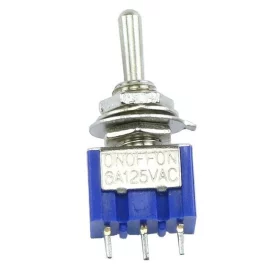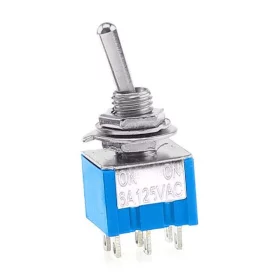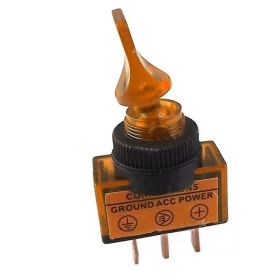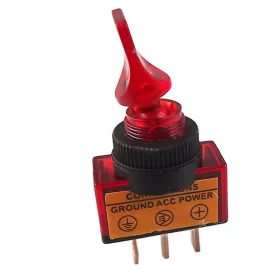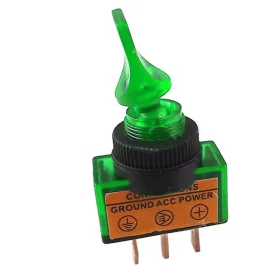Home
- LEDsaddremove
- Componentsaddremove
- Magnetsaddremove
- Electromagnetsaddremove
- Fansaddremove
- Battery
- Wires
- Indicators
- Thermostats
- Switches and toggle switchesaddremove
- Relays, magnetic contactsaddremove
- Fuses
- Printed circuits
- LED holders
- LED lenses
- LED drivers
- Accessories for LED strips
- Thermal paste
- Measuring equipment
- Connectors
- Terminal blocks, conductors
- Laser diodes, modulesaddremove
- Resistorsaddremove
- Capacitors
- Semiconductorsaddremove
- Crystals, Oscillators, Resonatorsaddremove
- Shrink tubes
- Transformers, Inductoraddremove
- Transistorsaddremove
- Structural componentaddremove
- Antennas
- Speakers and buzzers
- Electric motorsaddremove
- Heatingaddremove
- Magnets
- Power suppliesaddremove
- LED strips
- LED modules
- Aluminum profiles and accessoriesaddremove
- LED, CCFL rings
- Lampsaddremove
- Car bulbsaddremove
- Socket H1
- Socket H3
- Socket H4
- Socket H7
- Socket H8
- Socket H11
- Socket H16
- Socket H13
- Socket H27W
- Socket HB3, HB4
- Socket BA9S
- Socket BA15S
- Socket BA15D
- Socket BAU15S
- Socket BAY15D
- Socket BA20D
- Socket B8.5D - B8.3D
- Socket T3, T4.2, T4.7, T5
- Socket T10, W5W
- Socket T20, W21W
- Socket P13W
- Socket P15D
- Socket PX15D
- Socket PW24W
- P26S socket
- Socket P45T
- Socket Sufit
- BMW marker
- Accessories for car bulbsaddremove
- Accessoriesaddremove
- Smart home
- Shielding technologyaddremove
Lever switches
Lever switches are robust, manually actuated control devices engineered for a wide range of applications in automotive, industrial, and consumer electronics. Characterized by their distinct lever mechanism, these switches offer a reliable and tactile means to control power or signal circuits. Their design ensures clear on/off indication with a durable construction that can withstand continuous use, vibration, and environmental stress. Lever switches are widely used in applications that demand precise manual control—from automotive dashboard functions and lighting systems to industrial control panels and instrumentation. Their versatility and longevity make them a trusted component for both OEM installations and aftermarket upgrades.
Purpose and Usage
- Manual Control:
Lever switches provide an intuitive and responsive manual interface for turning circuits on and off. Their lever action gives users a clear tactile feedback, making them ideal for safety-critical applications where immediate response is essential. - Automotive and Industrial Applications:
In automotive settings, lever switches are often used for functions like auxiliary lighting, accessory power control, and dashboard signaling. In industrial environments, they are employed in control panels and machinery where robust and durable operation is required. - Versatile Integration:
Available in various designs and mounting options, lever switches can be seamlessly integrated into printed circuit boards (PCBs), control panels, and instrument clusters. Their compact yet rugged form factor allows for both space-saving and high-durability solutions.
Advantages and Technical Parameters
- Robust Mechanical Design:
Built from high-grade, corrosion-resistant materials, lever switches are engineered to resist mechanical wear, ensuring a long service life even under harsh conditions. - Consistent Performance:
Designed for high cycle durability, these switches offer reliable operation with minimal maintenance, providing stable electrical connectivity and consistent tactile response. - Ease of Use and Installation:
With a straightforward lever mechanism and plug-and-play mounting options, lever switches simplify both the installation and replacement processes, making them a practical choice for a wide range of applications. - Key Considerations:
- Electrical Ratings: Verify that the voltage and current specifications match the requirements of your application.
- Mechanical Lifespan: Look for switches with a high number of rated cycles to ensure long-term reliability.
- Environmental Resistance: Choose models that offer enhanced protection against dust, moisture, and vibration, especially for automotive and industrial use.
Guidelines for Selecting the Right Lever Switch
- Assess Your Application Needs:
Determine the specific function the switch will serve (e.g., power control, mode selection) and review the electrical load requirements. - Evaluate Durability Requirements:
For applications exposed to harsh environments, select lever switches with high mechanical durability and robust environmental resistance. - Review Installation Compatibility:
Ensure that the physical dimensions, mounting style, and interface of the lever switch are compatible with your PCB layout or control panel design. - Consider User Experience:
Select switches that provide clear tactile feedback and a responsive lever action, ensuring intuitive operation and reliable performance.
By carefully considering these factors, you can select a lever switch that delivers reliable control, enhances safety, and stands up to the demands of automotive, industrial, or consumer electronic applications.

